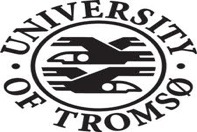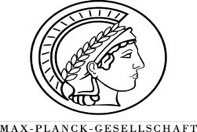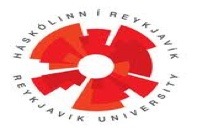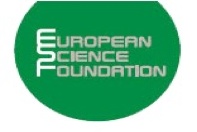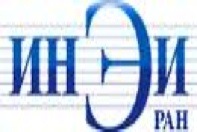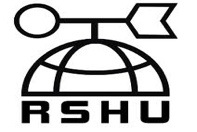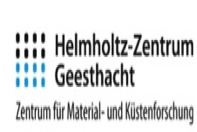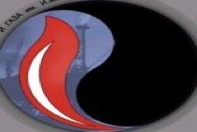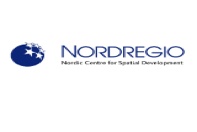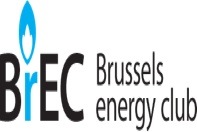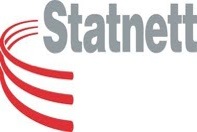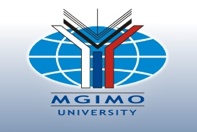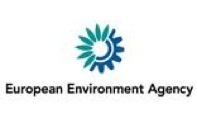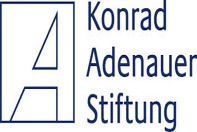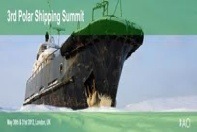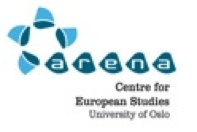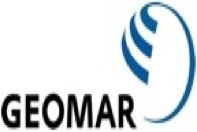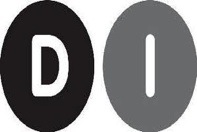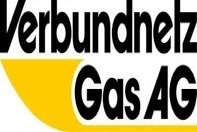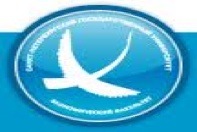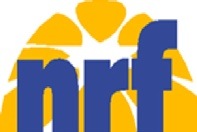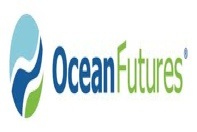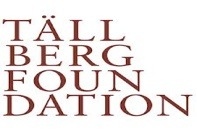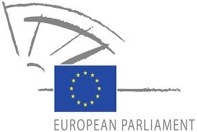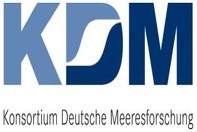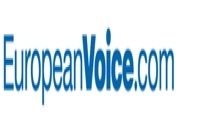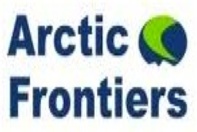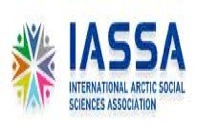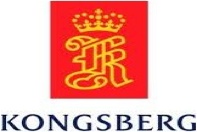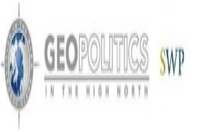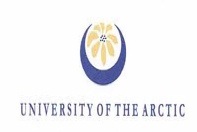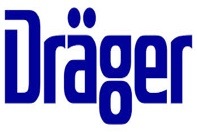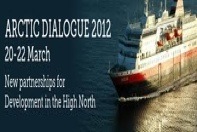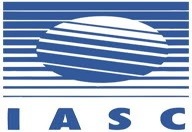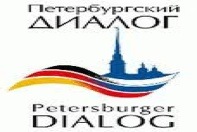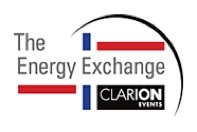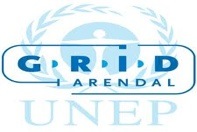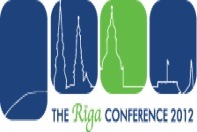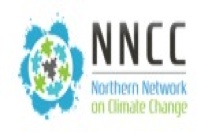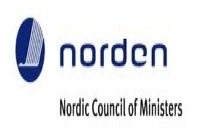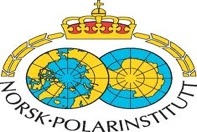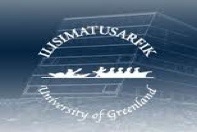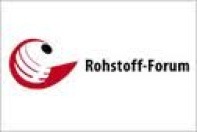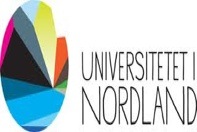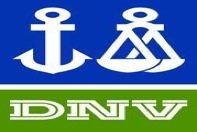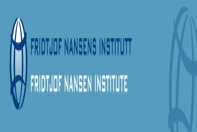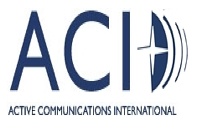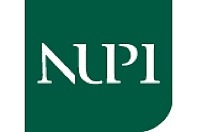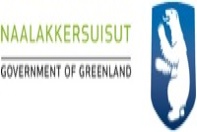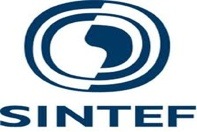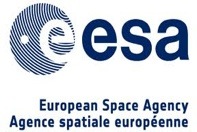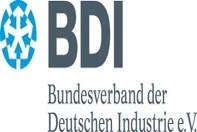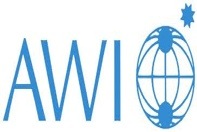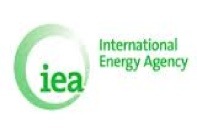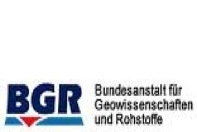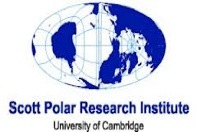The EU’s “place in the midnight sun,” by Dave Keating, European Voice, May 24, 2012
The European Union is funding an increasing number of research projects in the Arctic, but MEPs want greater co-ordination and focus.For many years, the Arctic was an afterthought in EU policy. The increasing alarm over climate change, however, has altered that. The warming of the atmosphere has not only created political tensions over new shipping routes but also an urgent need for Arctic research to measure what is actually happening.
While the EU has struggled to establish a significant political footprint in the Arctic, it has a pre-eminent position in research in the region. As a bloc, Europe is the biggest contributor to Arctic research – but most of that funding is from member states rather than from the EU itself. Since 2002, €200 million has been committed to Arctic research from the EU budget. Much of this study takes place at European research bases on the Norwegian island of Svalbard.
Diplomatically, research is seen as the least controversial way for the EU to plant its flag in the Arctic. The Nordic states have been wary of the EU getting too involved politically in what they see as their backyard, but they welcome research. In a 2008 declaration, the Nordic Council noted: “To gain a rightful ‘place in the midnight sun’ without appearing to be in competition for it, the EU might wish to concentrate on the issue of the protection of the Arctic environment, for which it has many credentials, including its constant leadership in combating climate change.”
Research has focused on four main areas: measuring the effects of climate change on sea ice, on glaciers, on permafrost, and monitoring gases in the atmosphere. The EU has launched funded projects in all these areas. They include ‘Page 21′, launched last November, which looks at changes to permafrost and the methane emitted as a result. Another project, Ice2Sea, aims better to estimate how melting land ice, such as glaciers, will contribute to sea-level rises. Others include Reconcile, which monitors developments in the ozone layer; ArcRisk, which looks at the links between environmental contaminants and human health; and the Greenland Ice Core Project (GRIP), which digs into the ice to study its history.
View from above
Perhaps the most important European contribution to the understanding of how climate change is affecting the Arctic has been through satellite technology. The EU has been a leader in this field, thanks to the European Space Agency. European Remote Sensing (ERS) satellites monitoring the thickness of ice at the earth’s poles have detected an increasing trend of seasonal surface-melt.“The combination of satellite-based research and field research has been essential to understand the evolution of sea ice,” says Nathalie an Isacker of advocacy organisation the International Polar Foundation.
Given the extensive experience of member states in Arctic research, individual projects are plentiful. The best-funded polar research programmes in Europe come from Germany and the UK. France, Italy and Poland also have important polar research centres, such as the Institut Paul Emile Victor in the French port of Brest. Programmes in the Nordic countries are comparatively smaller in size, but still active. Belgium, the Netherlands and Spain also undertake polar research, though they do not yet operate Arctic stations. EU member states operate around 15 year-round research stations in the Arctic, most of them located on Svalbard. The most significant is in Ny-Alesund, where France and Germany operate a joint research facility. Here, the thickness of the polar ice is monitored, along with sea salinity and ocean currents. European countries also operate a fleet of ice-breaking research vessels.
Counting the cost
All of this comes at a price. Because of the harsh environment and the distance to populated areas, projects usually spend the majority of their budgets – up to 80% – on logistics. These include ice-breaking ships, weather-resistant equipment and geo-positioning systems. Because of the cost concerns, the EU has largely stayed focused on the funding side of research. But many argue that more co-ordination of independent research activity by member states is needed. “We need to make sure that there are no gaps,” says an Isacker. “The collection of data over several years allows us to identify clear trends.” There is no European Commission research theme specifically devoted to the Arctic.
“The wish of the European Parliament is that the Arctic is properly represented in EU research policy, with specific headlines in the next framework [programme],” says Steffen Weber, Secretary General of the EU Arctic Forum. “After all, research is what guides decision-makers in politics.”
In a resolution passed last yea, the Parliament called for a circumpolar joint multilateral research funding programme. MEPs also called for an EU-Arctic information centre, an idea also proposed by the University of Lapland. MEPs want to see Arctic research given much greater prominence in the next framework research programme. The Commission is currently working on the successor to the seventh framework programme, and next month’s communication on the Arctic from the Commission and the European External Action Service may give some clue to its plans. A great deal of Arctic research funding will come from the proposed €80 billion Horizon 2020 research and innovation programme.
The MEPs also called for the urgent completion of the SIOS observatory in Svalbard. The EU is funding the preparatory phase of this project – the physical instrument for the Arctic Earth System. This system will focus on observing changes in climate, ecosystems and pollution. All the countries with research stations in Svalbard are involved in the project as full or associated partners. It will be the first to cover the whole Arctic system, from upper atmosphere to deep sea and Earth crust processes. No one European country currently has facilities to monitor this whole spectrum. For MEPs, this fact underscores why EU member states need to share more than just a funding source for their Arctic research.
© 2012 European Voice. All rights reserved.
Online free accessible at:
http://www.europeanvoice.com/page/3323.aspx?LG=1&ArtID=74406&SecName=Special%20reports&SectionID=5



